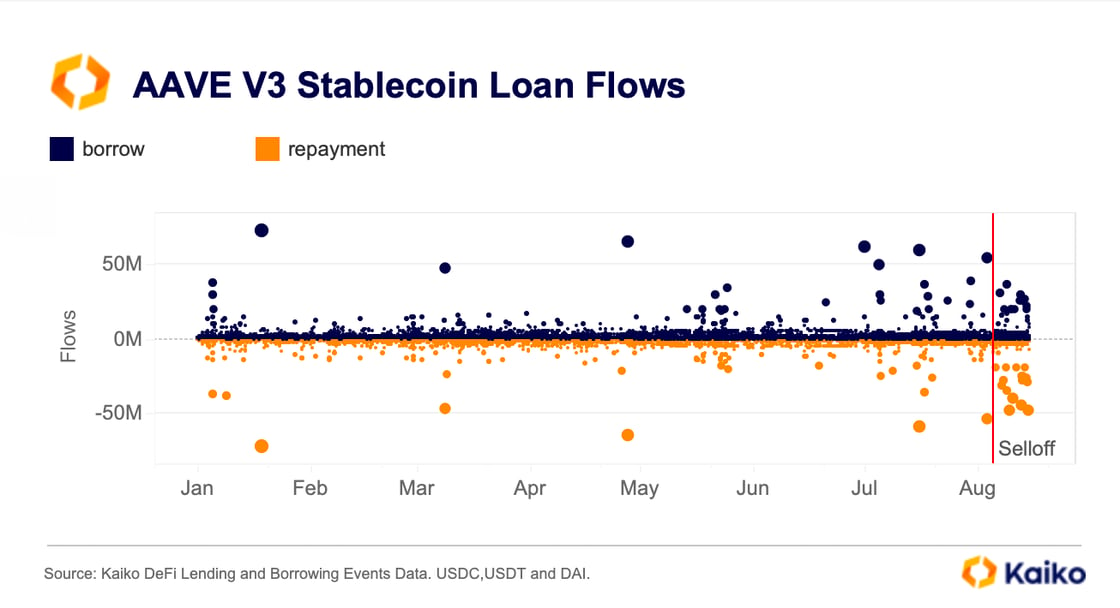Cryptocurrency research company Kaiko said in its latest report released yesterday (19th) that Ethereum’s Gas fees have recently dropped to the lowest level in five years. This phenomenon is mainly due to the growth of Layer 2 activity and the Dencun upgrade in March this year. As a result, this upgrade effectively reduces the cost of Layer 2 transactions and further reduces the overall gas fee.

Ethereum “turns from deflation to inflation”
However, the decline in gas fees directly affects the supply of ETH. Due to lower gas fees, the burning amount of ETH is reduced, resulting in an increase in supply. Since April this year, the total supply of ETH has continued to rise, and Ethereum is currently in a state of inflation. .
Although demand factors such as spot ETH ETFs are driving the market, Kaiko pointed out that the increase in ETH supply may curb the potential for price increases in the short term. As supply steadily rises, the market may face greater pressure, affecting ETH's price trends.

Aave mortgage demand cools: Market selloff triggers wave of liquidations
In the field of decentralized finance (DeFi), Aave V3 is currently the lending protocol with the largest total lock-up volume (TVL). Its mortgage loan demand cooled significantly in August. This phenomenon is consistent with the market sell-off that began on August 5. Closely related, overall cryptocurrency prices fell sharply at the time, triggering liquidations of over $260 million.

Between May and July this year, Aave V3's borrowing demand continued to grow. The amount of borrowing once exceeded the repayment amount, and the protocol showed a net inflow. Especially in July, the amount of stablecoin borrowing reached an annual high of 1.4 billion. US dollars, while total repayments during the same period were US$1.2 billion, resulting in a net inflow of approximately US$200 million.
However, this trend quickly reversed as the market sell-off erupted in early August, with Aave V3 seeing over $200 million in net outflows since the beginning of the month.
This change reflects the market’s high sensitivity to cryptocurrency price fluctuations, with more investors choosing to borrow less or liquidate collateral to reduce risks in the face of market uncertainty, further exacerbating funding on the Aave V3 platform outflow.








